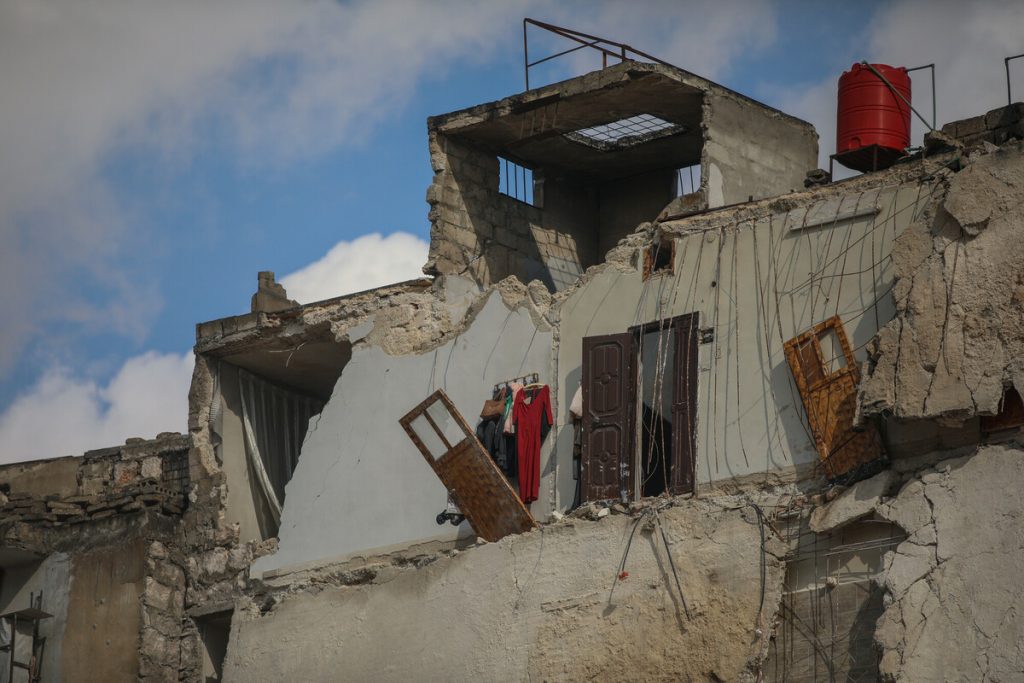Nepal earthquake was ‘single most frightening experience of my life’
By Lisa Rutherford (press office, Oxfam Great Britain)
The 7.9 magnitude earthquake on 25th April left the country reeling, killing over 8,000 people, injuring more than 18,000 and leaving 2.8 million people without homes. There was much talk that this earthquake was expected, but it seems that no amount of preparedness will be enough to keep pace with the increasing disaster risk.
Then just 17 days on, a second powerful earthquake struck again wreaking panic, destruction and loss. The sense of disbelief is palpable, but so too is the unstinting bravery and resilience of the Nepalese people.
In my time here, I have met the most extraordinary people. In the camps set up in the green spaces of Kathmandu city centre, I met families whose homes are now basic tents shared with friends and neighbours. Whose homes are either damaged beyond repair or are simply not safe enough for them to return to. They sit in the oppressive heat of the afternoon sun and talk of their lives and dreams, unsure when they will have a home of their own again. When we travel less than an hour south of the city to the village of Sankhu, it literally looks like a bomb has been dropped. Homes are ripped apart with no real discernible shape. Families and neighbours are huddled in the ruins of homes, inside small buses or in the open air with improvised plastic sheeting their only shelter. We hear stories of survival and stories of loss. Of a father who walked and ran for three days to find his wife and daughter, who were thankfully safe. A farmer working in her field who watched helplessly as plumes of smoke filled the air as homes collapsed. Everyone has a story to tell but the ending is the same, of a life shattered into a million pieces.
We travelled out to Chautara in the Sindhupalchok region, the worst-affected district in Nepal. The hospital has been badly damaged, so the village sports field has been turned into a field hospital with huge tents doubling as operating theatres and children’s wards. Our team for the district have set up a 10,000-litre bladder tank to supply the hospital with clean water and emergency pit toilets. Children and elderly people wander around with very visible injuries and it’s hard to take it all in. Yet the spirit of people that we meet is unrelentingly cheerful. Small children ask questions in perfect English and chuckle as we try to reply in Nepali. A group of young people have relocated their community radio station to the hill overlooking the field and continue to broadcast as usual. Volunteers appear at lunchtime with huge cooking pots of rice to feed anyone who needs to stand in the line.
My colleagues and I were caught up in Tuesday’s earthquake. A terrifying 30-40 seconds of shaking and screaming that for me was the single most frightening experience of my life. Luckily the part of Kathmandu we were in seems largely undamaged. As the movement subsided, I looked around at the huge group of people scattered out in the main road and watched what happened next. People exchanged reassuring gestures and glances. They phoned their loved ones. Then within minutes, people went back to their stalls, to their shops, to their vehicles. And carried on as before. I am leaving Nepal later today and will take this image with me forever. Of a population that shows the most unbelievable courage in the face of such danger. Of people who are kind and cheerful and who just want to live safely with their families. And I fervently hope that the future will bring them new hope and the security that they deserve.

